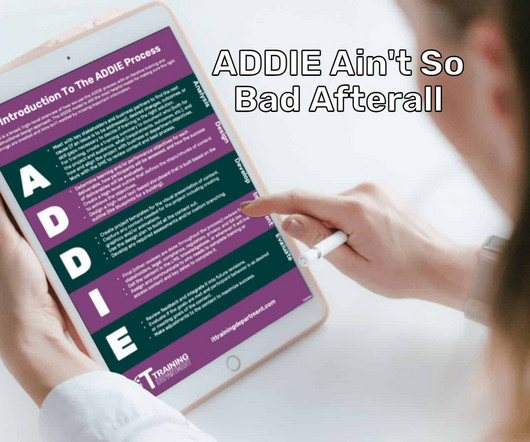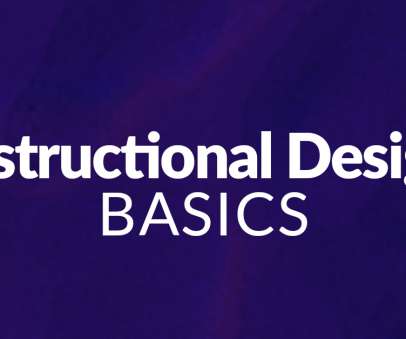Gaps in the ADDIE Instructional Design Model
LearnDash
NOVEMBER 5, 2013
I have often written in the past about the strengths of using an elearning model, such as ADDIE , for course design, development, and delivery. I still happen to believe that ADDIE (or derivatives of this framework) tend to capture the most under the instructional design umbrella, but that’s not to say there aren’t any flaws.













































Let's personalize your content